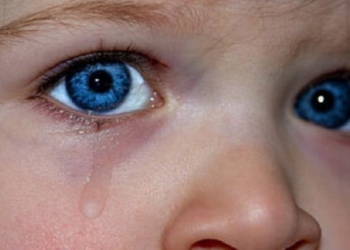
Across most demographics, alcohol abuse seems to be on the rise. According to the NIH National Institute on Alcohol Abuse and Alcoholism, research from 2015 indicates 86.4 percent of people aged 18 and above drank alcohol at some point in their life. Of those, more than 70 percent said they had alcohol in the past year. Nearly 51 percent said they’d drank in the past month before the survey.
The same study showed that nearly 27 percent of surveyed people 18 or older said they’d binge drank in the past month, and 7 percent said they’d engaged in heavy alcohol use in the past month. More than 15.1 million adults in America met the criteria for alcohol use disorder at that time, including 9.8 million men and 5.3 million women.
Excessive alcohol use is a significant health and financial problem in the U.S. An estimated 88,000 people in the U.S die from alcohol-related causes each year. There are legal problems such as being arrested for driving under the influence, and the risk of developing many of the deadliest cancers goes up with excessive alcohol use.
Even so, new research has come out indicating women are drinking at historically high rates, yet are less likely than men to access treatment.
The following are some of the key highlights of that research, released by the Research Society on Alcoholism last month.
Alcohol-Associated Cirrhosis
The study from the Research Society on Alcoholism looked at data from more than 66,000 patients with private insurance between the ages of 18 and 64. The people studied had been diagnosed with alcohol-associated cirrhosis from 2009 to 2016.
The ones who attended treatment for alcohol abuse or took a medication that helped with drinking disorders were 15 percent less likely to develop worse cirrhosis than people who didn’t receive any treatment.
How Many People Received Alcohol Abuse Treatment?
Despite the positive effects treatment for alcoholism was shown to have on liver disease and it’s progression, the study indicated the majority of patients don’t utilize it.
Only 10 percent of the studied group received in-person substance abuse treatment or mental health treatment. Less than one percent were prescribed an FDA-approved medication that would have helped them abstain from alcohol.
The majority of people in the studied group had insurance that would have covered these treatments.
Gender Differences
The gender of patients in the study impacted how likely they were to get treatment. Women who were diagnosed with cirrhosis related to alcohol were less likely than men to get any type of substance abuse treatment when all other factors were the same.
This was in spite of the fact that women diagnosed with cirrhosis related to drinking went up 50 percent in the seven-year period the study was conducted.
There is some evidence, and some researchers believe women face more barriers to receiving substance abuse treatment than men. This could be because of family pressure preventing them from admitting they have a problem or need treatment, as well as less financial freedom.
Researchers also theorize that women have more childcare responsibilities than men, making it less likely they would receive treatment.
Women and High-Risk Drinking
A separate report published in the JAMA Psychiatry journal found among women, high-risk drinking went up nearly 60 percent from 2001 to 2013. High-risk drinking was defined in that study as having four or more drinks at least one day a week in the previous 12 months.
As far as the increased cases of cirrhosis, the National Institute on Alcohol Abuse and Alcoholism cites the differences in how men and women process alcohol as being a possible contributing factor. Women may be more likely to have negative health effects related to alcohol as a result. Researchers hypothesize that women might develop cirrhosis after drinking less alcohol in shorter time frames than men.
In the past, alcoholism was largely linked to men and thought to be a disease affecting men more predominantly. As a result, many medical professionals and researchers see that women may have slipped through the cracks in terms of receiving an official diagnosis and ultimately receiving treatment as well.
Professionals highlight bias in the medical community when it comes to asking women about their use of substances like alcohol. Also, many of the current diagnostic assessments are geared more toward men. As a result, there may be a future move toward better diagnostic tools for women as well as more gender-specific treatment options.













